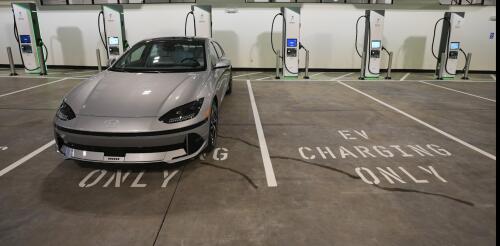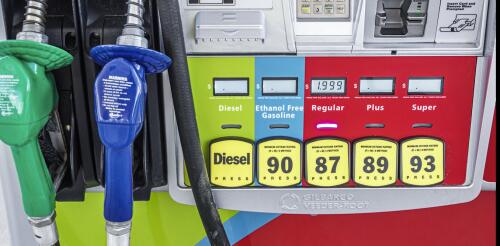Hybrid cars
The U.S. Environmental Protection Agency released strict new emissions limits on March 20, 2024, for cars built from 2027 through 2032. The final rule for Multi-Pollutant Emissions Standards caps a process that started almost a year earlier, when the Biden administration first proposed groundbreaking regulations that would essentially require automakers to make a substantial pivot toward electrification. The original proposal met significant pushback from carmakers and unions, who argued that the industry needed more time to switch from gas-powered cars to EVs. As a result, while the final target that this rule sets is very similar to the one that was initially proposed, the timetable in the final rule – especially in the earlier years – is relatively relaxed. That means more carbon emissions in the short run. Politics is inevitably an important consideration in regulating major industries. The new rule is projected to cut carbon dioxide emissions from passenger ca...
Curious Kids is a series for children of all ages. If you have a question you’d like an expert to answer, send it to curiouskidsus@theconversation.com. Why do we use gasoline for small vehicles and diesel fuel for big vehicles? – Methdini, age 15, Sri Lanka Gasoline fuels most light-duty vehicles, such as passenger cars and pickup trucks. Heavy-duty vehicles, like buses, delivery trucks and long-haul tractor-trailers, typically run on diesel. Both fuel types are needed because gasoline and diesel engines have different strengths. As my automotive engineering students learn, this makes them suitable for different uses. Let’s start with what they have in common. Gas and diesel engines both work through a process called internal combustion. First, they mix fuel with air because the fuel needs oxygen from the air to burn. Next, they compress the fuel-air mixture, which ma...

